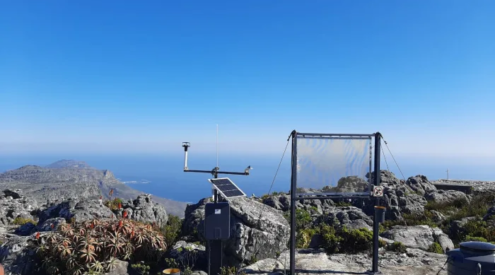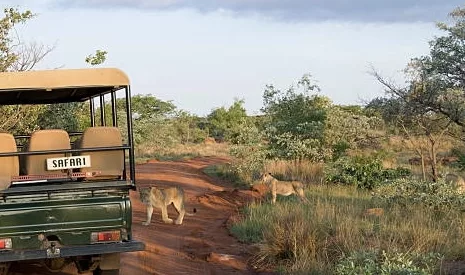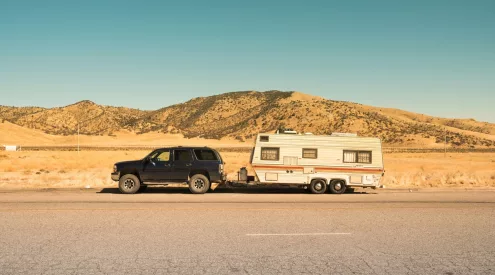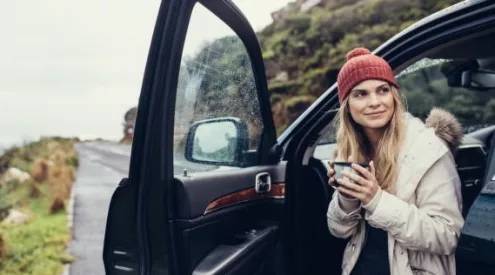Authorities in Zimbabwe have been moving 2 500 wild animals from a reserve in the south of the country to the north, in an extensive effort to rescue wildlife from a drought where climate change is said to replace poaching as the biggest threat to wildlife in the country.

“Project Rewild Zambezi” is a plan to move Zimbabwe’s animals to an area in the Zambezi River valley to rebuild its wildlife populations there. Further downstream the Zambezi, the is another major wildlife translocation to rewild Mozambique’s Marromeu National Reserve in the Zambezi Delta region.
Buffaloes are especially threatened by below-average rainfall, with authorities saying that the drought is threatening the country’s rhinos, giraffes and antelopes.
Rangers are transporting animals more than 700 km to their new homes, one of them being Sapi Reserve near Mana Pools National Park – a UNESCO World Heritage Site – along the Zambezi River.
Around 400 elephants, 200 impalas, 70 giraffes, 50 buffalos, 50 zebras, 50 elands, 10 lions and a pack of 10 wild dogs are among some of the animals being translocated.
‘Sapi is the perfect solution,’ Derek Joubert, chief executive of the great plains initiative – an organisation supporting the initiative.
‘This reserve forms the middle-Zambezi biosphere, totalling 1.6 million acres. From the 1950s until we took it over in 2017, decades of hunting had decimated wildlife populations in Sapi Reserve. We are rewilding and restoring the wild back to what it once was.’
Previously, Zimbabwe embarked on a wildlife translocation between 1958 and 1964 – then Rhodesia – dubbed “Operation Noah”, which involved moving more than 5 000 animals during the construction of Lake Kariba – the world’s largest human-made lake.
Culling was an easier option to address this issue, but the spokesperson for the Zimbabwe National Parks and Wildlife Management Authority, Tinashe Farawo, told Time that conservation groups protest such an approach, which Zimbabwe last did in 1987.
Picture: Jonas Strahberger/ Getaway Gallery
ALSO READ: Leopard goes to extreme heights to catch tawny eagle















